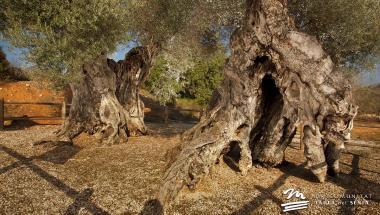

The Sénia Territory, a land of millenary olive trees, comprises 27 villages located on both sides of the Sénia river and around Tosal del Rey, where Aragon, Catalonia, and the Region of Valencia meet.
This is where you will find the world's largest concentration of millenary olive trees. Nowadays there are 6.358 registered specimens which trunk has a perimeter greater than 3,50 m measured at 1,30 m above the ground, the predominant variety being Farga. Its very existence has given character to the landscape by providing a mosaic of trees and dry-stone walls.
To facilitate tours to see the most majestic olive trees and the areas of greatest concentration (all of which are located on estates that are still in production), two open-air museums have been created, as well as different areas with olive trees that are marked and explained, routes for walking or cycling, etc., in addition to a wide range of museums and interpretation centers, working oil mills, guided tours, selling and tasting of oil from millenary olive trees, and a wealth of culinary offerings.

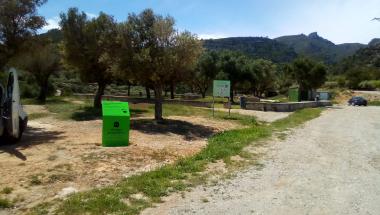
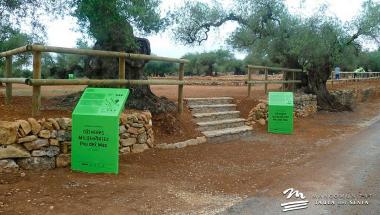
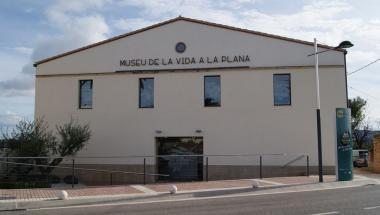
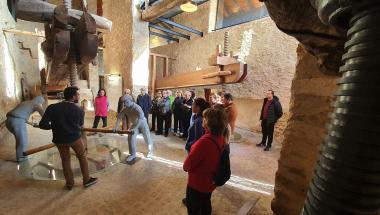
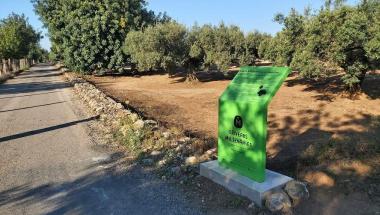
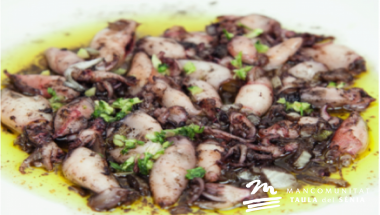
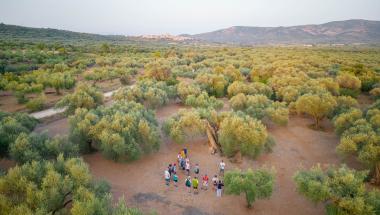
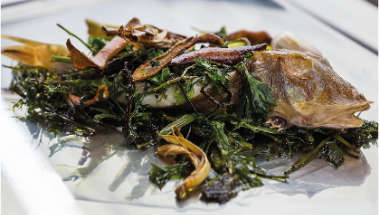



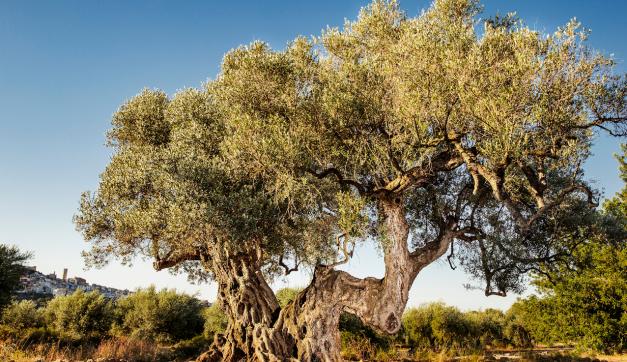
The olive tree belongs to the Farga variety and is located in Cervera del Maestre (in the Valencian part of the Sénia Territory). It reaches a trunk perimeter of 695 cm at a height of 80 centimetres from the ground, thus representing one of the largest trees in the area. It is approximately 1,100 to 1,200 years old.
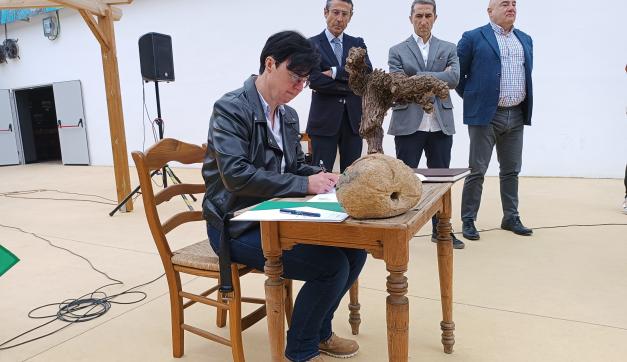
Following the VALSIPAM project, financed by the Interreg-Sudoe programme, in which the following Spanish SIPAMs took part:
- Salt production in Añana (Álava)
- Sultana cultivation in Axarquia (Málaga)
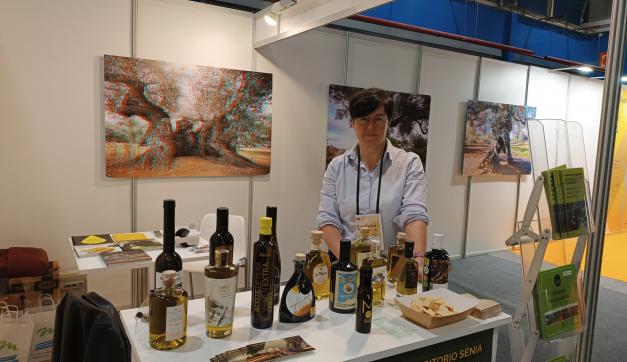
WOOE (World Olive Oil Exhibition) is the first fair in the world dedicated exclusively to the world of olive oil. Forty-seven countries took part, more than 300 companies were represented and more than 5,000 visitors attended.